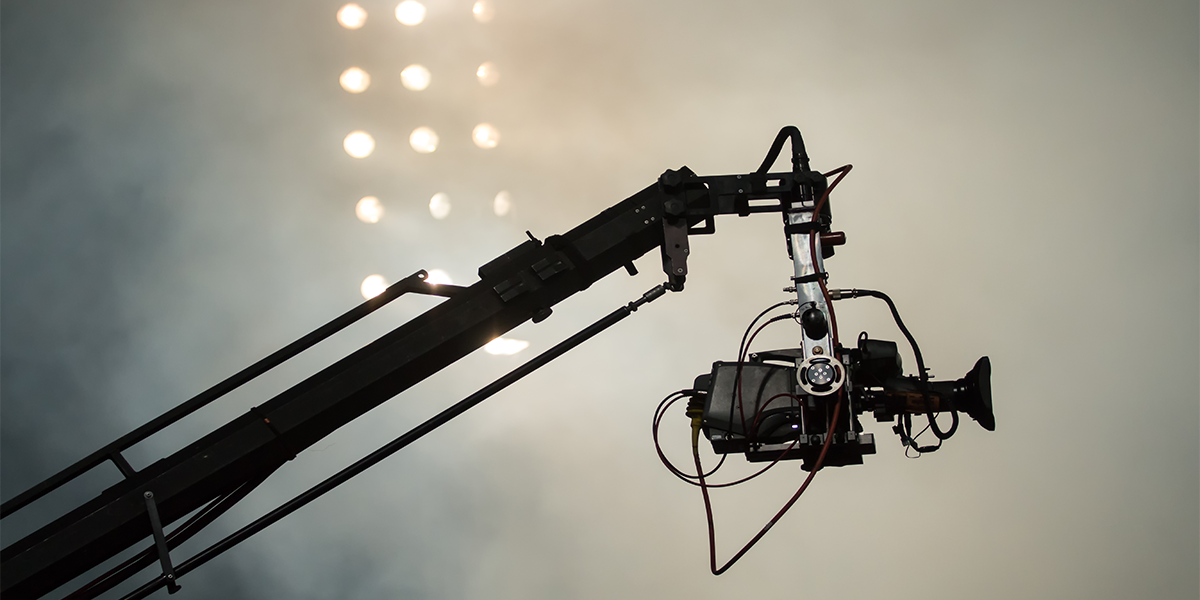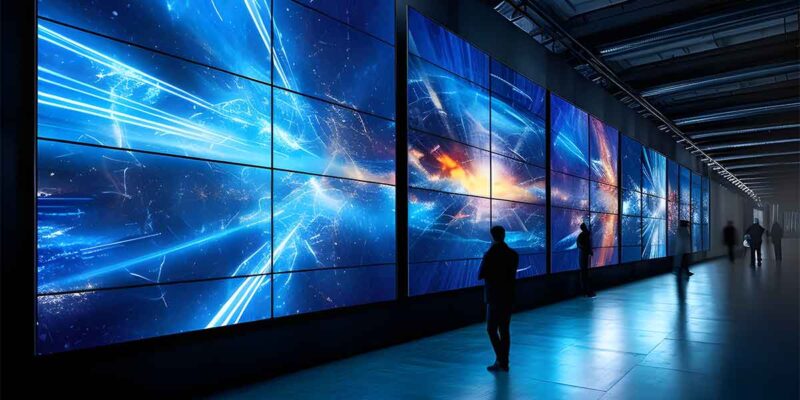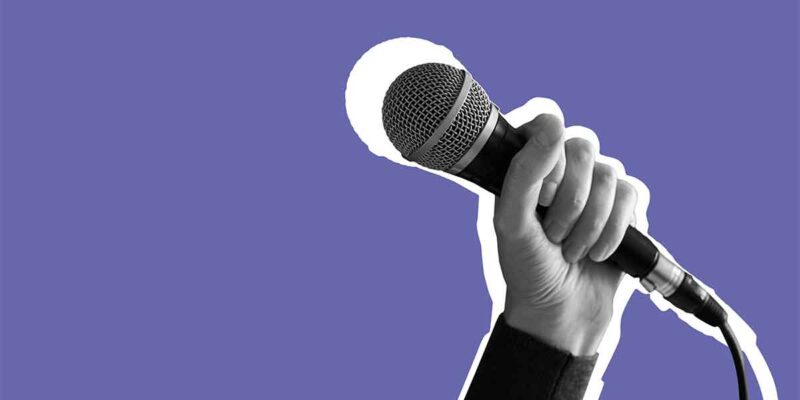Is There a Place for Large Sensor Video Acquisition in Live Production?

By Helen Matthews
Futuresource Consulting
As the broadcast system camera market has started to recover from the impact of COVID-19, a notable development has emerged. Broadcasters are increasingly utilizing large sensor system cameras for live productions alongside traditional three-chip 2/3” cameras. This can be seen with the reception to the release of Sony’s HDC-F5500 in late 2021, and Arri, a manufacturer of high-end digital cinema cameras, entering the broadcast system camera market with the Amira Live.
The release of these large sensor broadcast cameras has been an astute response to the growing trend of end users integrating high-end digital cinema cameras into multicamera live broadcast events; a phenomenon that coincides with the change of how we consume media. The popularity of live streaming content has encouraged more individuals who traditionally work in scripted media to experiment with live formats. Said individuals are typically more familiar with the products and cinematic look achieved with large sensor cinema cameras, compared to live broadcast standard 2/3” sensor cameras. As such, many are choosing to adapt high-end digital cinema cameras to work in a live multicamera workflow, rather than use traditional 2/3” sensor cameras.
However, the trend towards using large sensor cameras extends beyond those who originate in scripted media, to live broadcast specialists. Historically, the shallower depth of field provided by large sensors has been viewed as detrimental in a live production environment, as it makes it more challenging for operators to retain critical focus – especially with fast moving subjects in live sport. But now, outside broadcast service providers and production companies are starting to experiment more with using these cameras in new positions closer to on-screen talent.
Whilst three-chip 2/3” sensors remain the key workhorse of live production, large sensor cameras are being used to capture key images, which can often be used for promotional material both during and after the event. A key example of this is Fox Sports use of the Sony HDC-4800s during the 2021 Daytona 500, to positive audience feedback on social media.
Notably, the HDC-4800 was released in 2016, showing that large sensor system cameras have been available for several years, prior to this noticeable increase in uptake. However, it should be noted, that the introduction of sensor sizes greater than 2/3” in some cases was a technical workaround to achieve 4K at a lower cost than in a three-chip 2/3” sensor configuration, rather than to purposefully create a cinematic look.
The use of large sensor cameras in live production continues to grow as the cross-pollination of broadcast and cinematic styles of video acquisition becomes more commonplace. Other brands will be looking to offer solutions to make their cameras live broadcast compatible. An example of this can be seen with RED’s recent collaborations with MultiDyne Systems, to produce the RCP Pro and Silverback V, which provides a camera back end with control and shading that will be familiar to traditional system and box camera operators.
It is important to note, however, that large sensor cameras remain specialist equipment within the live broadcast camera fleet, and three-chip 2/3” sensor cameras remain the preference. Interestingly, manufacturers are showing signs of phasing out cameras that do not fit into the three-chip 2/3” or large sensor categories, as shown by Hitachi’s announcement at NAB 2022 of the SK-UHD7000, its new 4K camera, to replace its four-chip 2/3” sensor camera, the SK-UHD4000.
As the market consolidates around these two key sensor configurations, the relationship between the two camera types will become more competitive. Futuresource have already heard a variety of differing viewpoints on the future of large sensor cameras in live multicamera production, with some expecting the technology to start cannibalizing the three chip 2/3” camera market, others expecting it to remain additive to the overall broadcast system camera market in the long run, and there are those that expect it to be only temporary feature to work alongside the three chip 2/3” camera.
The influence of this technology trend on the overall system camera market volume and value is explored in detail in Futuresource’s Annual System & Box Camera Market Report 2022.




